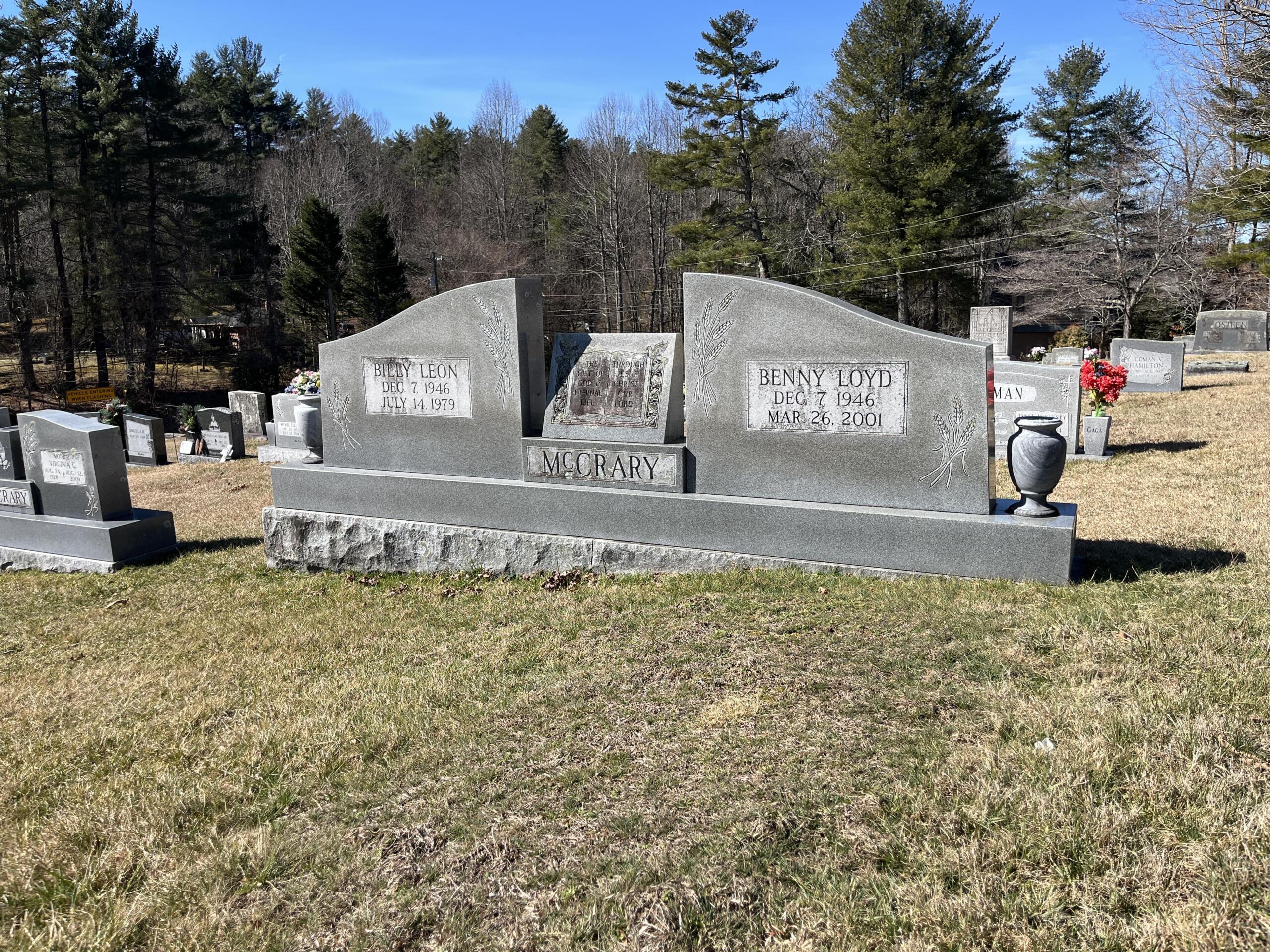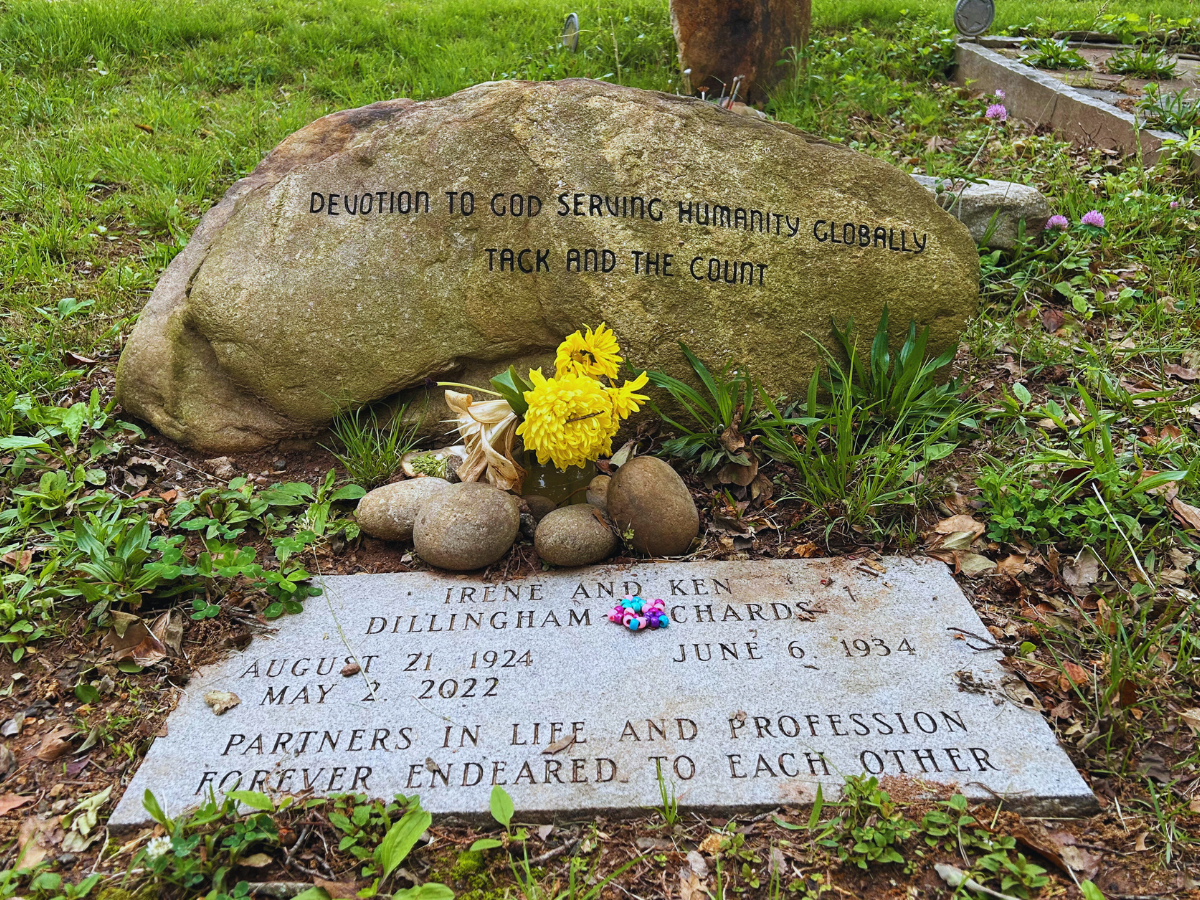Editor’s Note: Western North Carolina is rich with untold stories—many resting quietly in local cemeteries. In this Tombstone Tales series, we explore the lives of people from our region’s past whose legacies, whether widely known or nearly forgotten, helped shape the place we call home.
*****************
MORGANTON, N.C. — In the shadow of the historic Avery Building on the Broughton Hospital campus lies a cemetery that tells a quieter, more solemn story than the foreboding structure nearby. Set apart by a metal fence with bricked columns and angels perched atop the gateposts, the Broughton Hospital Cemetery is a place of reflection.
Unlike many cemeteries, there are few trees here. Open sky stretches over the low grave markers that line the grass.
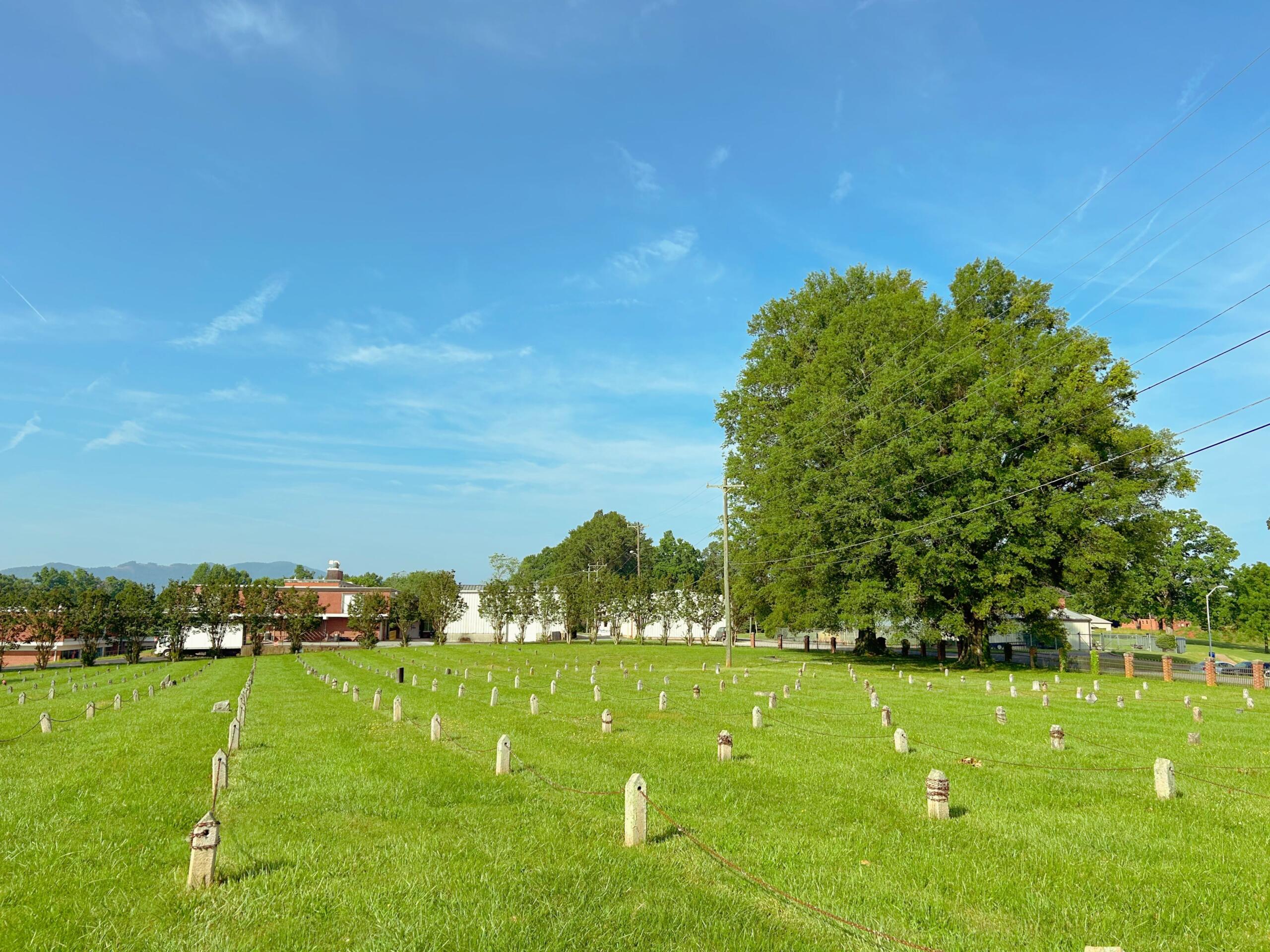
More than 1,500 individuals are buried in the Broughton Hospital Cemetery. Many of them were patients who died in care between the 1880s and the 1970s. Some were buried without ceremony. Most were never claimed by family. For decades, these graves were marked only by numbers.
This Tombstone Tales story follows last week’s Strangeville feature on 828newsNOW, which explored the complex and often chilling history of Broughton Hospital. The Strangeville article detailed the institution’s ties to North Carolina’s eugenics program, mysterious patient deaths, and reports of paranormal encounters. Just beyond those hospital walls lies the cemetery, a quieter record of the lives that ended there.
Thanks to the work of hospital chaplains, volunteers, and local historians in the late 1990s and early 2000s, the cemetery now includes individual markers for many of the people buried on the grounds. The new nameplates replaced anonymous numbers with identities and allowed families to locate lost relatives.
What makes Broughton Cemetery truly remarkable is that we now know the names of everyone buried there. That is rare. Across the country, many former asylum cemeteries remain only partially documented. Graves at similar institutions were often marked by numbers alone, and decades of poor recordkeeping or lost archives have made it impossible to identify the dead. Broughton is an exception. Patient burial registers survived, and staff took great care to match those records with existing plots.
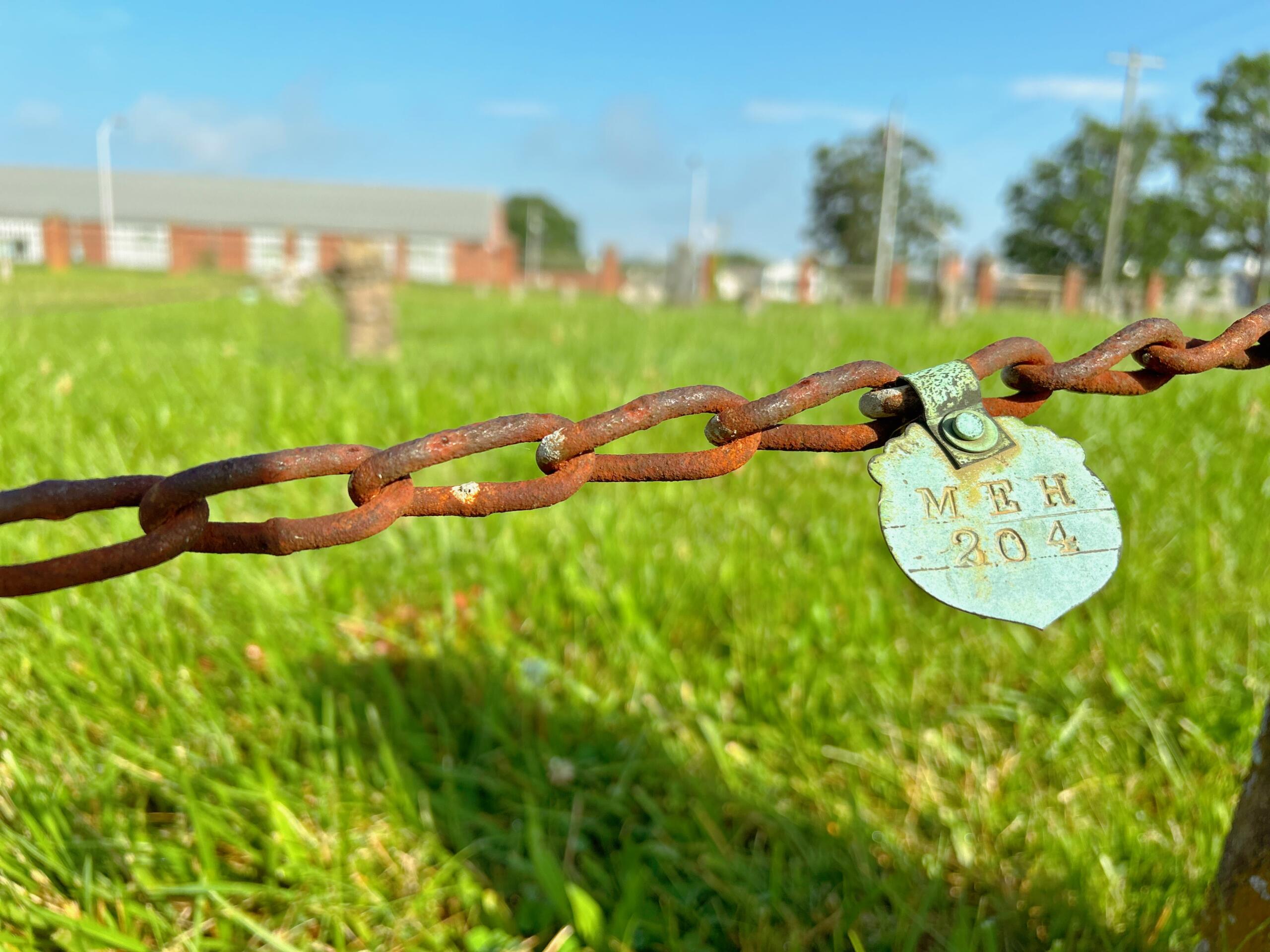
From Numbers to Names
Today, the cemetery stands as one of the most fully documented former asylum cemeteries in the South. Behind each name is a life and a story worth remembering.
Among those buried:
Emily Hayes, born in 1844 in Mocksville, arrived at the asylum in the 1890s and died in care in 1903.
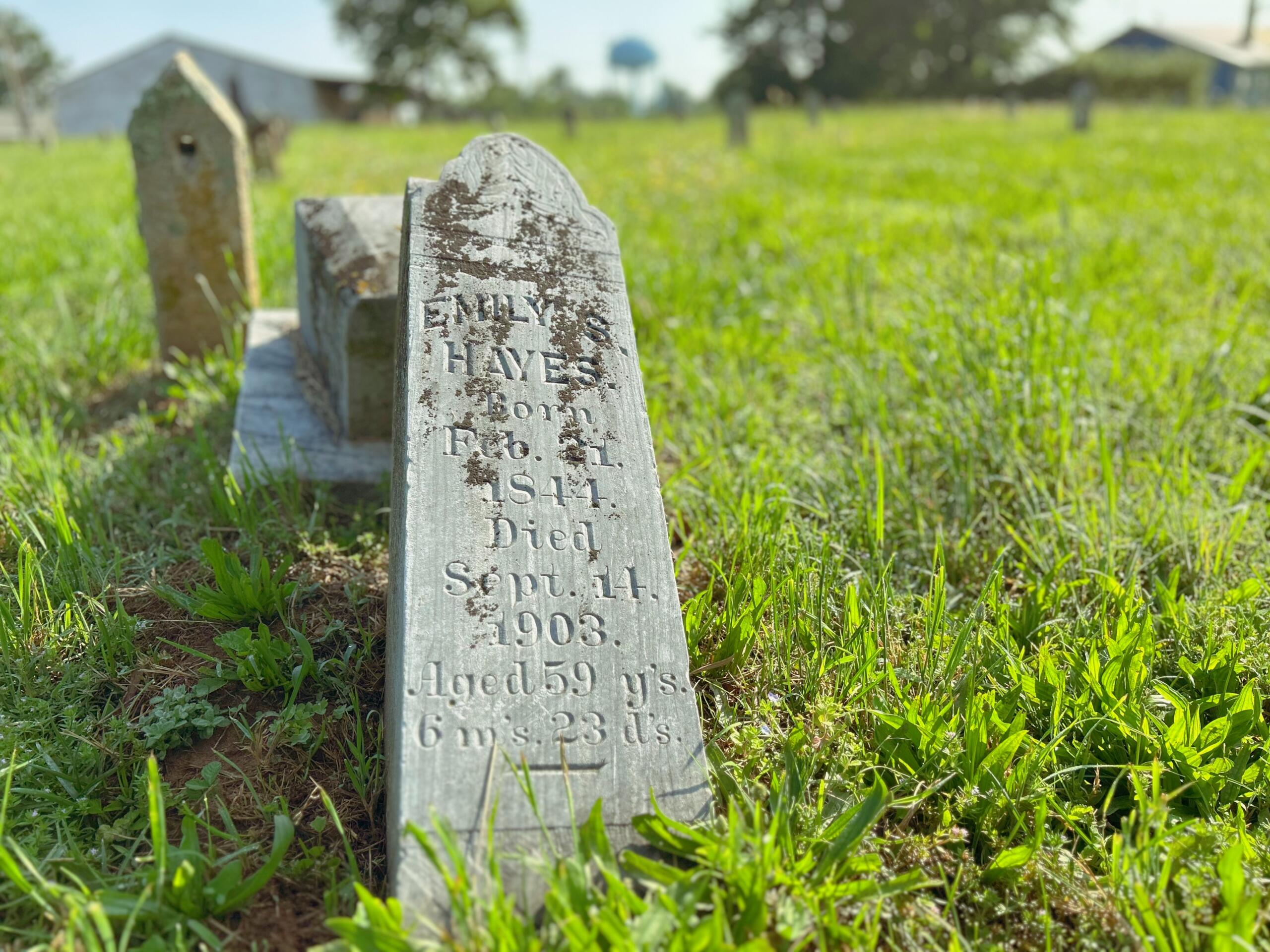
William Melchesidick “Kes” Honeycutt, a farmer from Yancey County and father of 11 children, was admitted before 1910 and died in 1924. His name, taken from the Bible, translates to “my king is righteousness.”
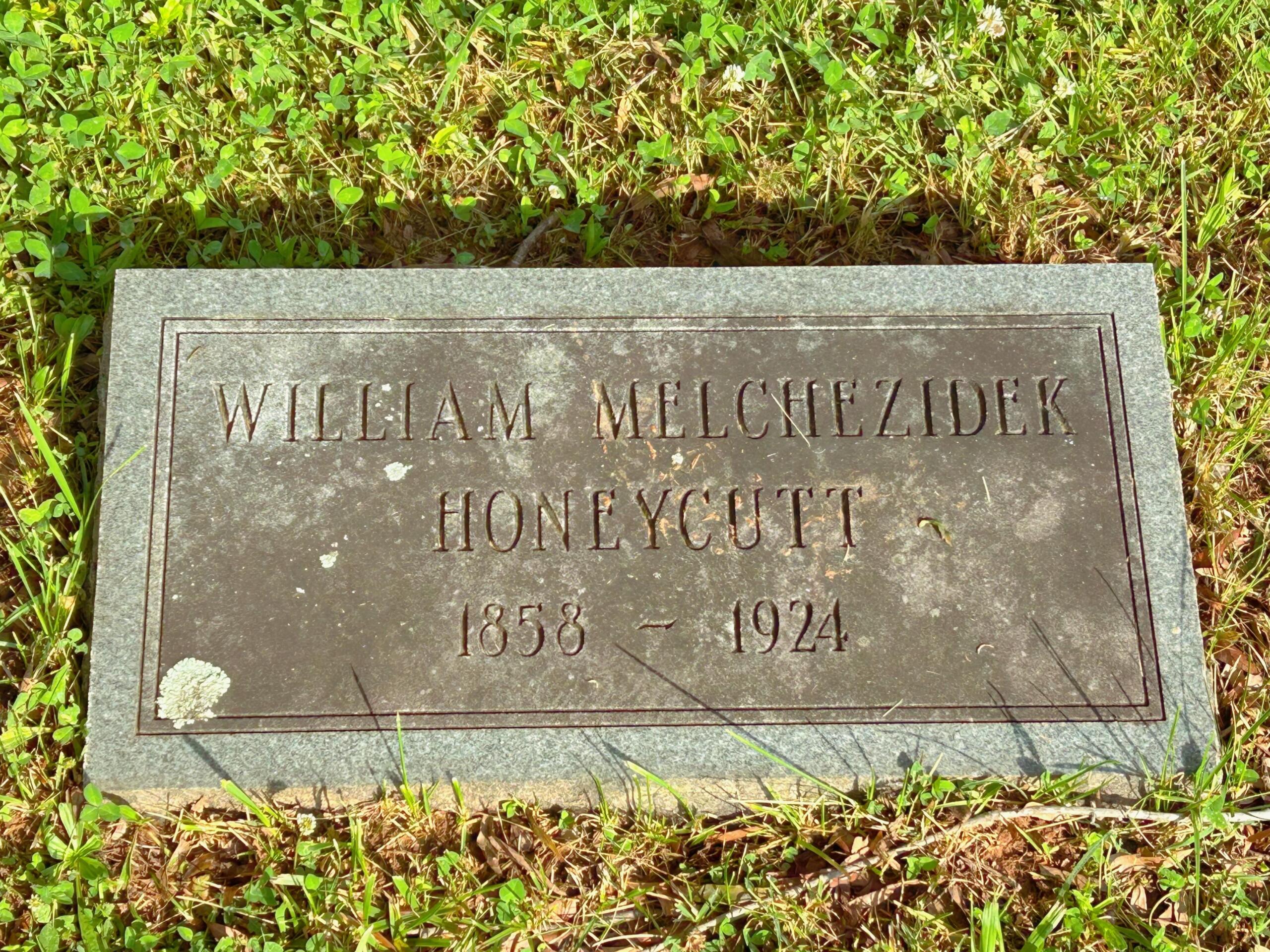
Harper Bond, an artist and musician from South Carolina, was remembered as a gifted but troubled soul. His obituary called him a genius. He continued to paint and play music while institutionalized and died in 1916.
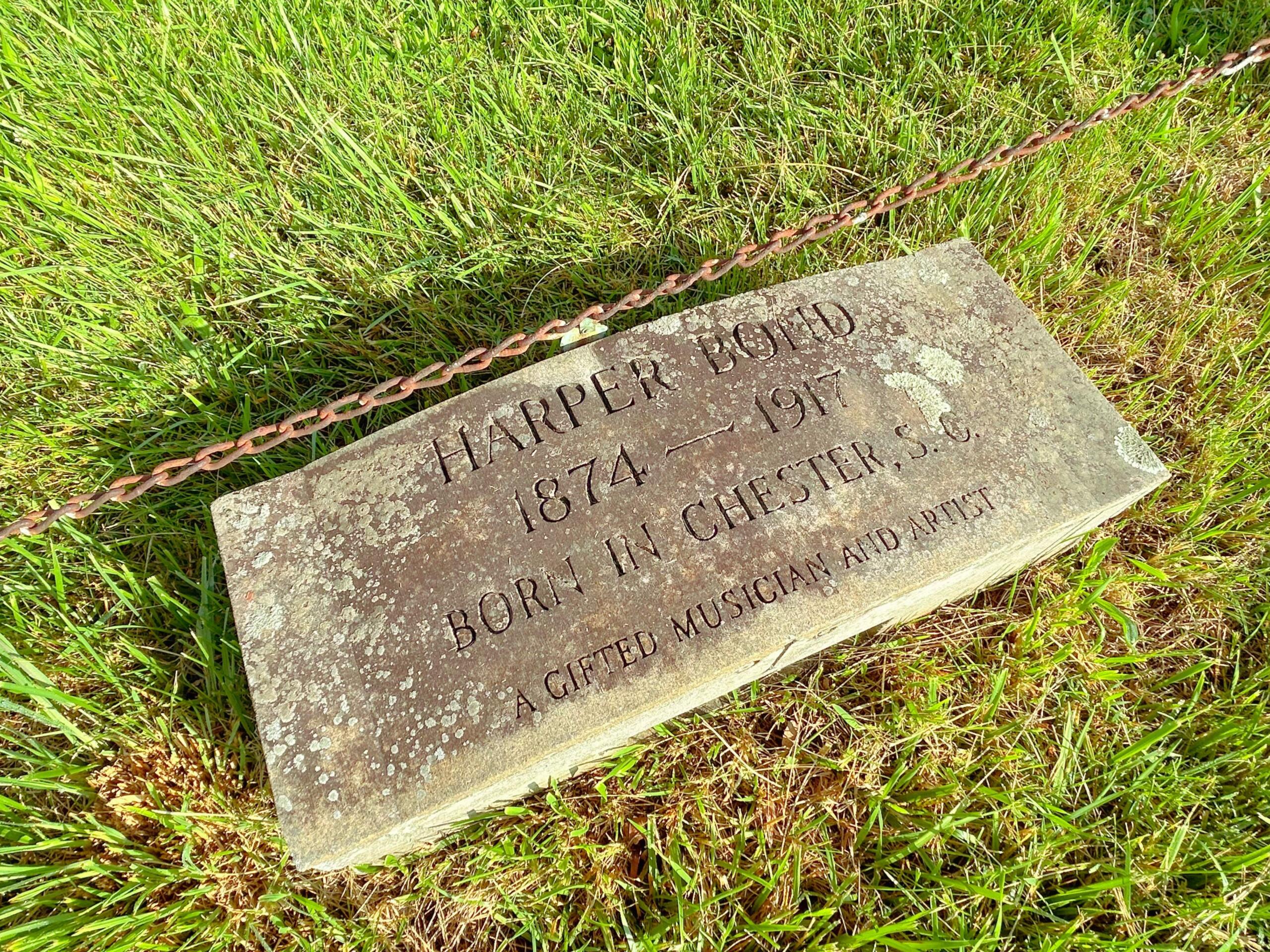
Isaac Cable, a farmer from Swain County, was admitted in 1904. He remained at Broughton for 16 years before dying from pellagra and schizophrenia in 1920.
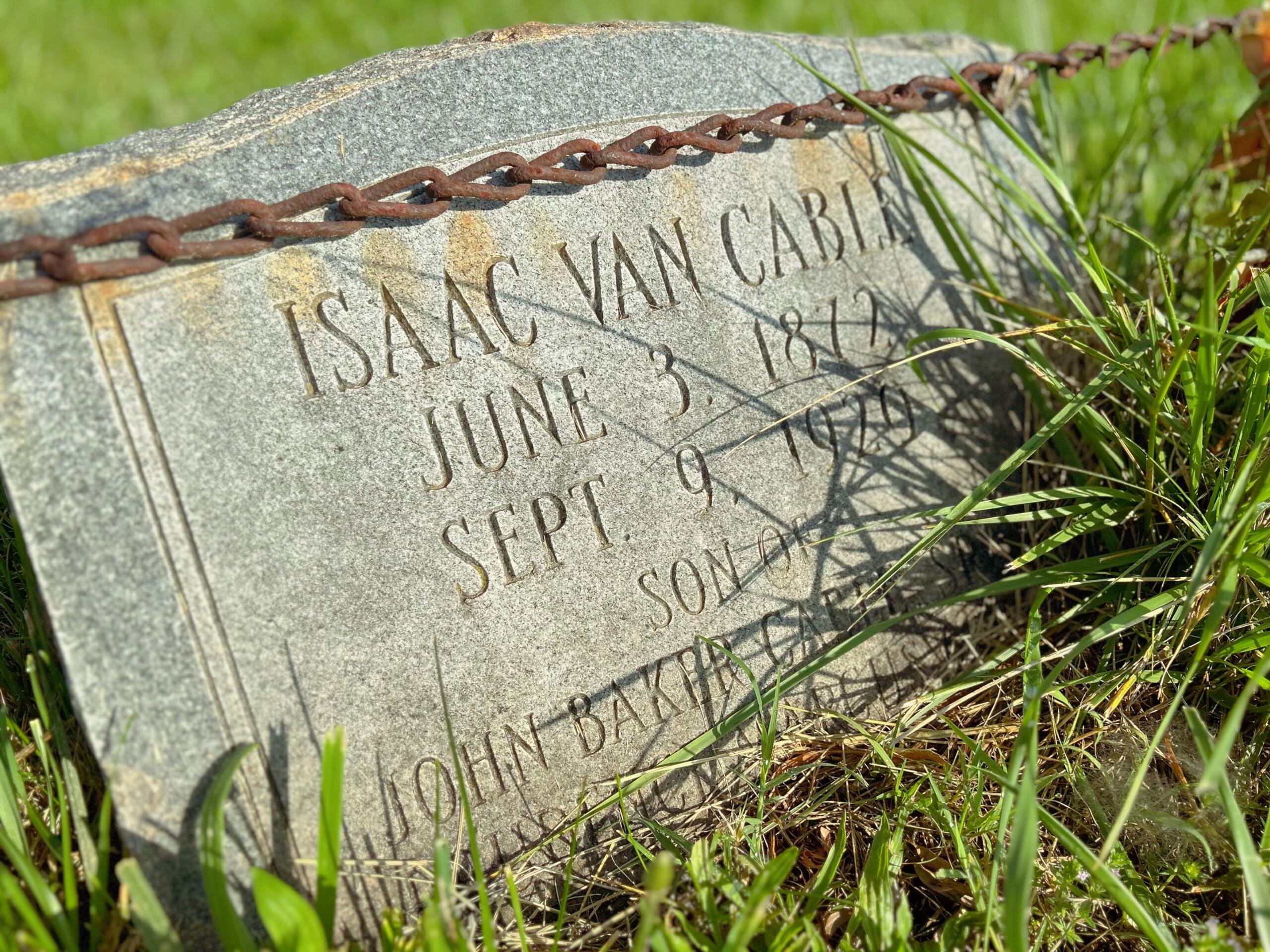
Some families have found answers in these markers. Others have simply returned to offer long-overdue respect.
Hospital records and updated burial information are available through Broughton Hospital archives, the North Carolina State Archives, and on FindAGrave.com. The hospital grounds, including the cemetery, remain open to the public.
The peaceful setting offers contrast to the unrest often associated with the hospital itself. While ghost stories are shared in town and online, the cemetery’s silence speaks more clearly.
Historian and philosopher Cicero once wrote, “The life of the dead is placed in the memory of the living.” Those words echo in this field outside Morganton, where once-forgotten patients have names again and are no longer lost to time.


